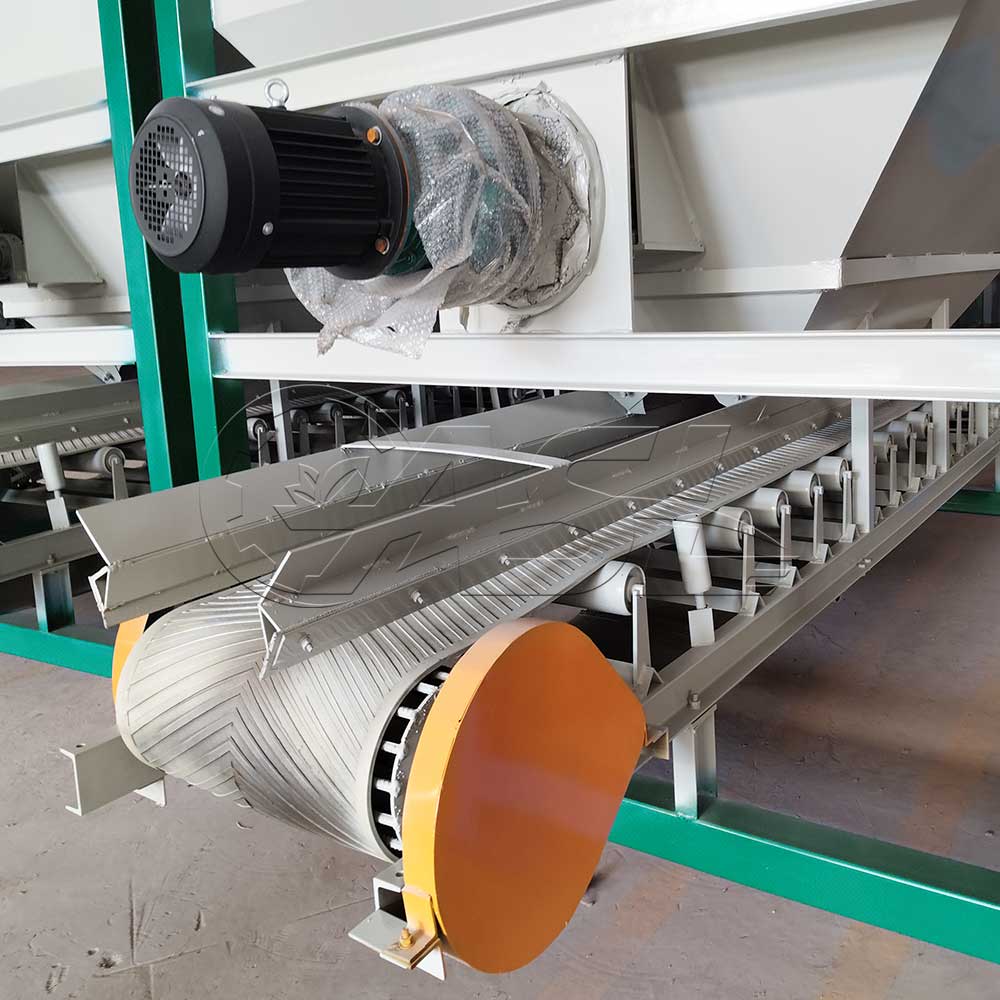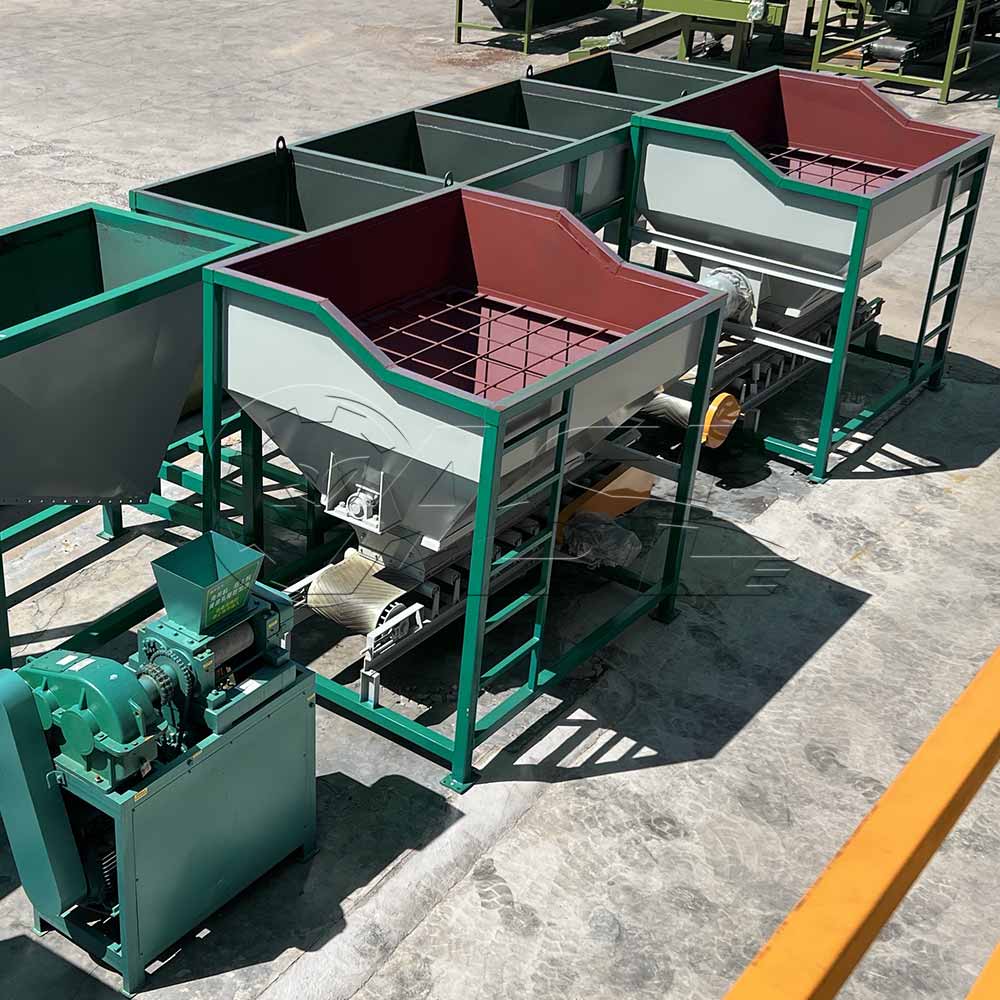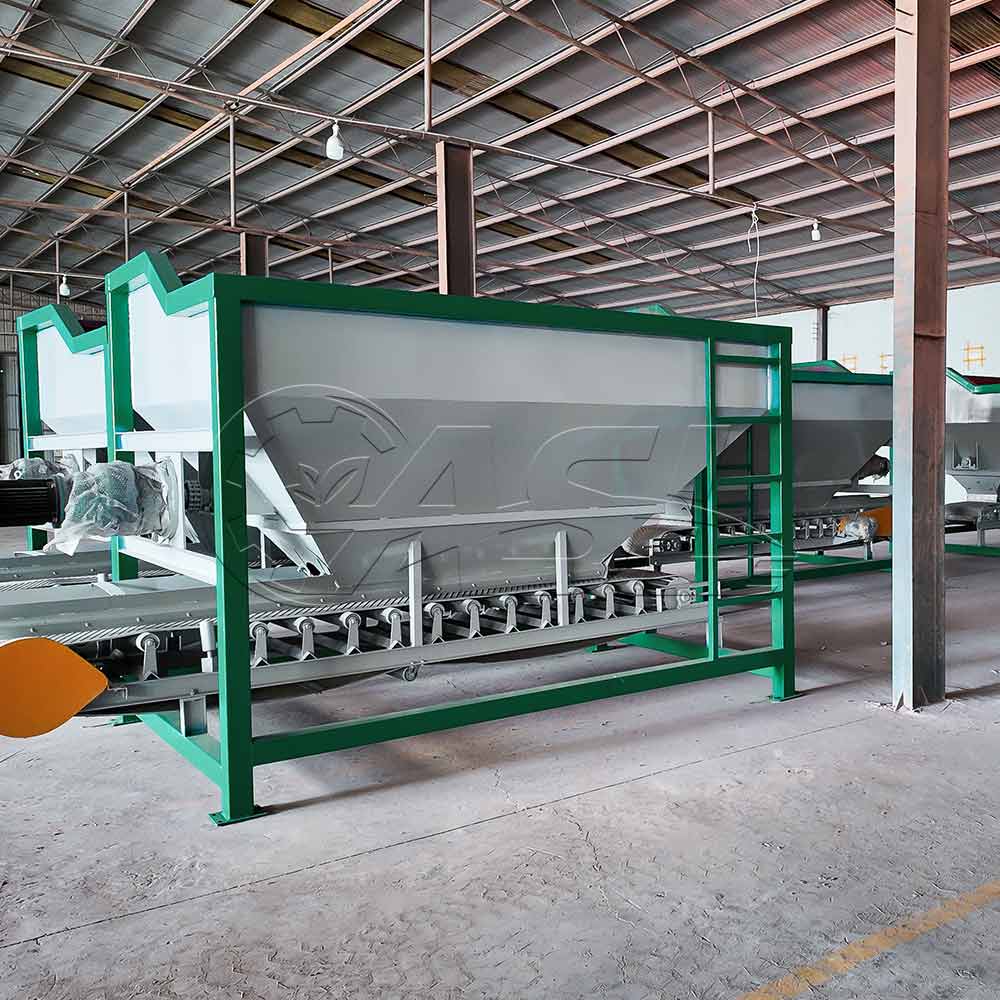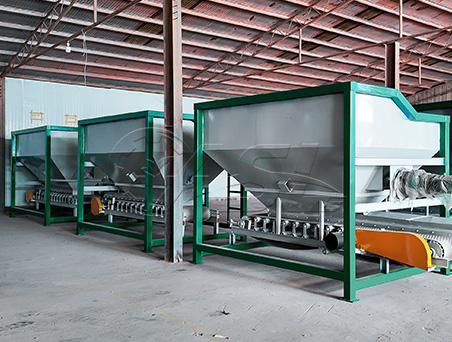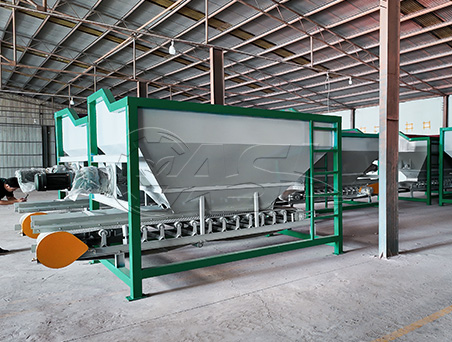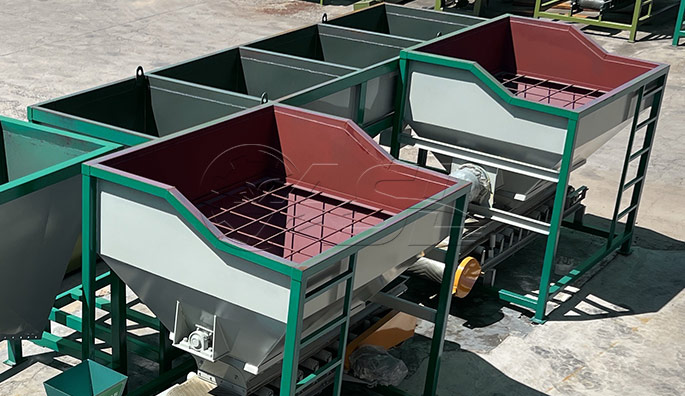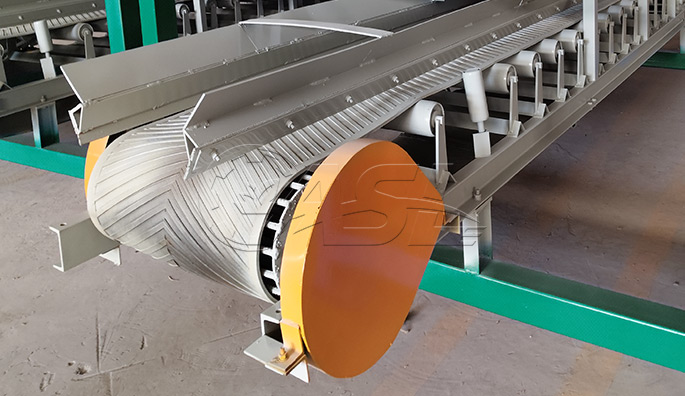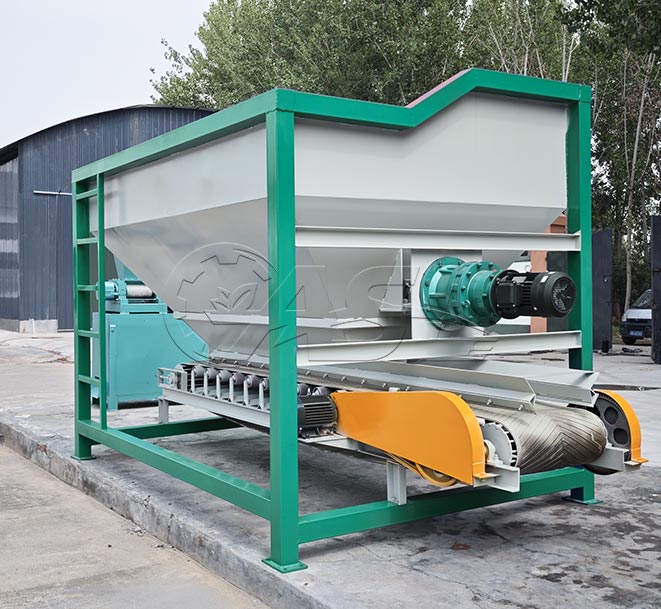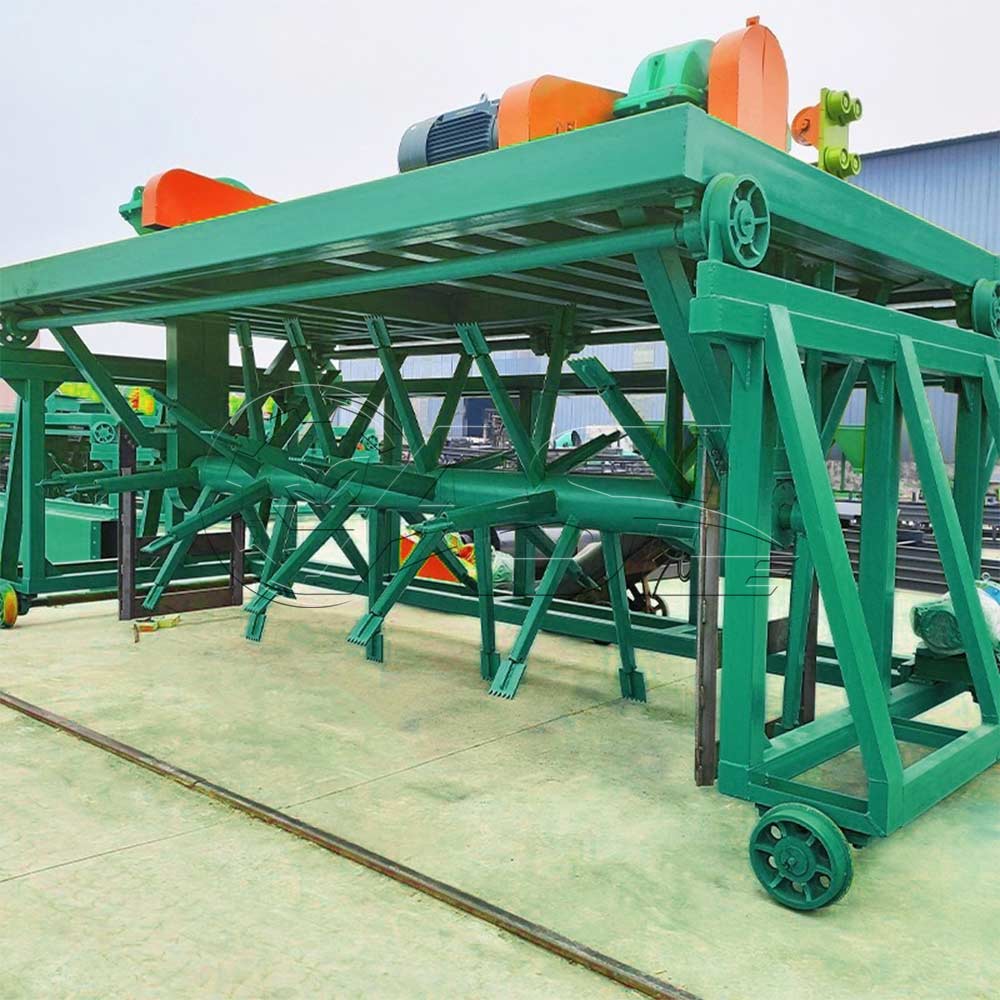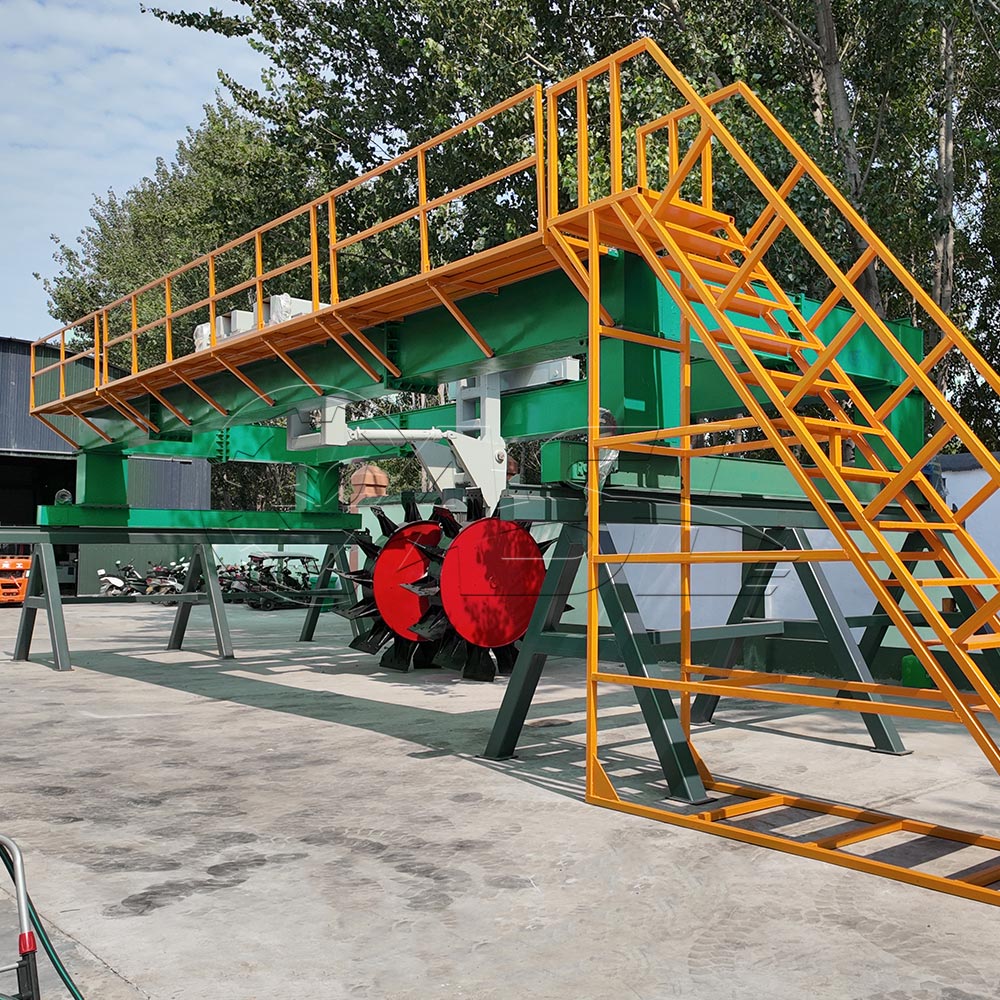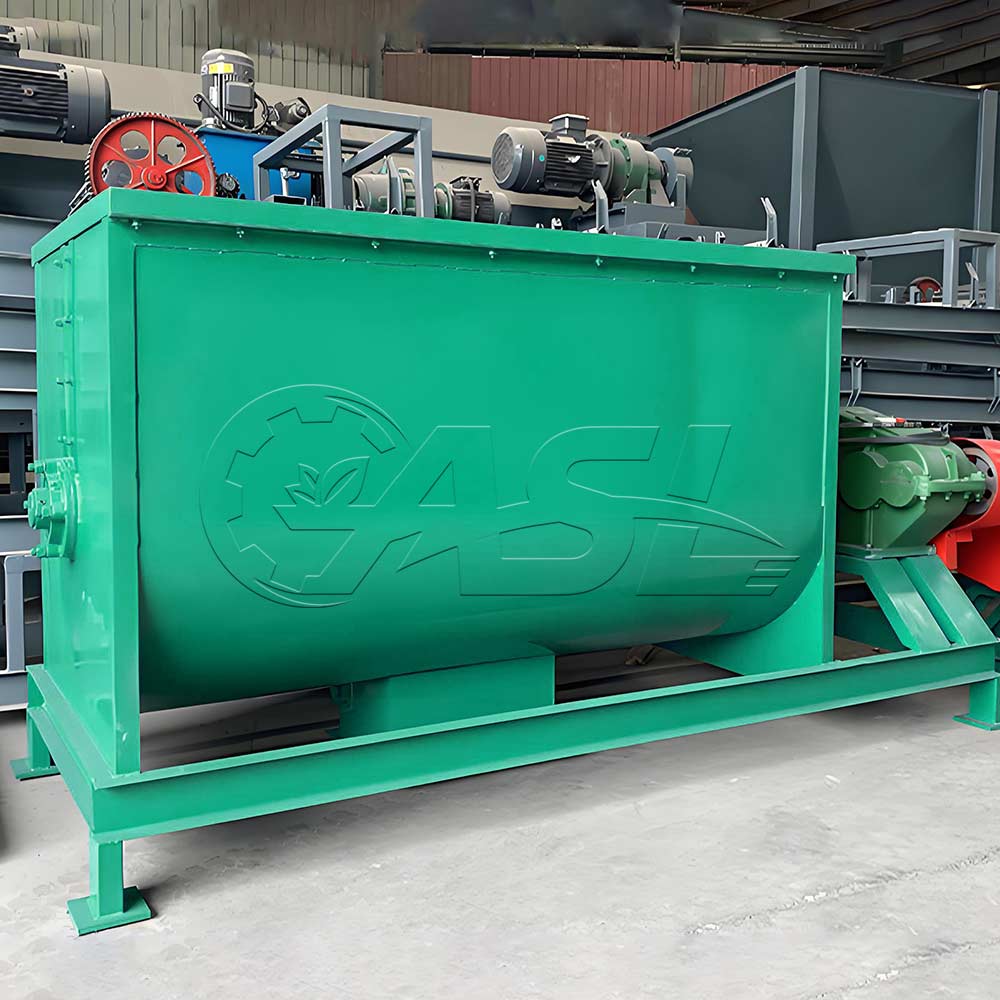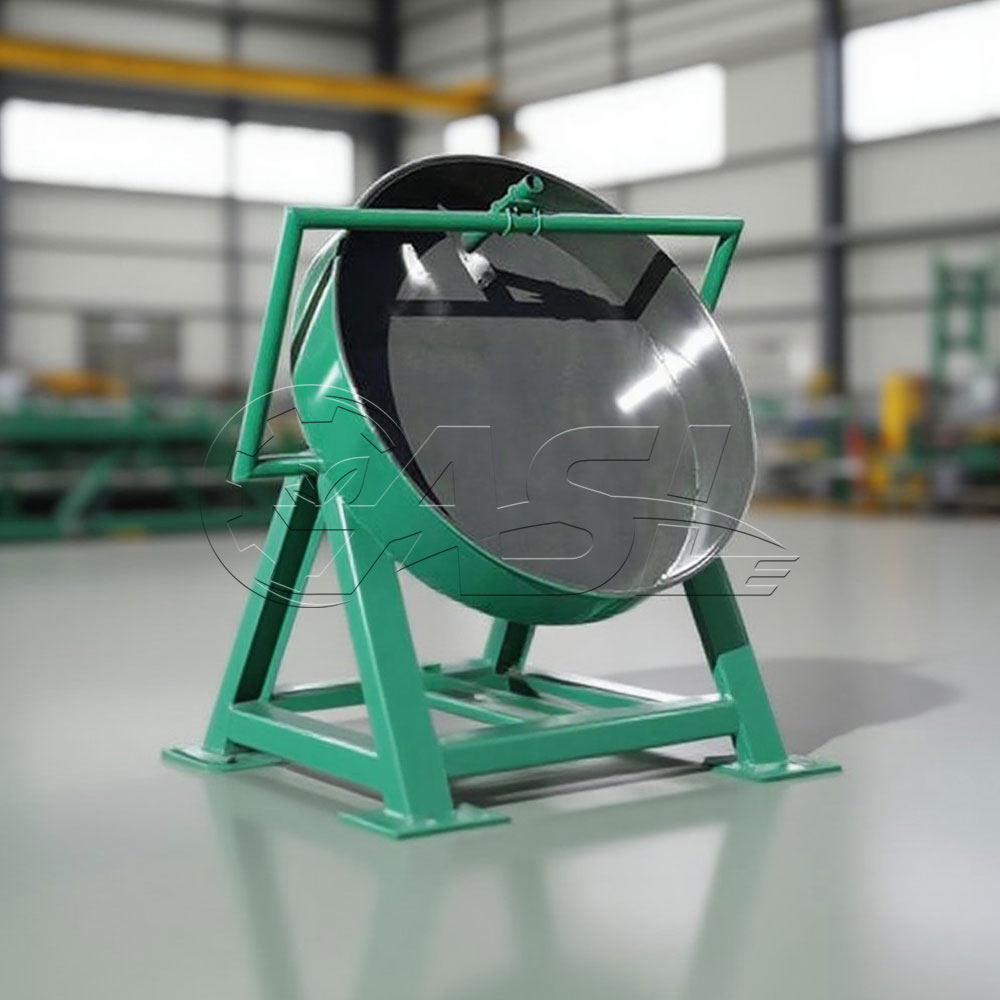What forms of organic fertilizer raw materials are suitable for the organic fertilizer forklift feeder?
It can handle lump, granular, powdered, and semi-wet organic fertilizer raw materials (such as composted straw, livestock and poultry manure, and mushroom residue). However, please note: the moisture content of the raw materials is recommended to be controlled between 20% and 40% (ideally, the raw materials should be able to form a ball without breaking apart). If the raw materials contain a large amount of hard impurities (such as stones or metal blocks), they must be screened in advance to avoid damage to the equipment's core components.
What are its core advantages over manual feeding or conventional conveyor belts?
Compared to traditional methods, the core advantages are reflected in three aspects:
① Improved efficiency: A single device can replace 3-5 manual workers, providing greater feeding continuity and avoiding production line interruptions.
② Reduced costs: The average daily electricity bill is only 20-50 yuan (depending on the power), saving 60% over long-term use. The above labor costs,
③ Raw material protection: The flexible conveying structure reduces the breakage rate of organic fertilizer pellets (≤3%), ensuring the efficiency of the finished fertilizer.
"What power forklift is required for proper operation of the equipment?
The matching depends on the feeder model: ① Small feeders (feeding capacity 5-10 tons/hour): Suitable for 1.5-2 ton forklifts; ② Medium feeders (10-20 tons/hour): Suitable for 2-3 ton forklifts; ③ Large feeders (20-30 tons/hour): Suitable for 3-5 ton forklifts. It is recommended that the forklift bucket capacity match the feeder inlet size (within a tolerance of no more than 20%) to prevent raw material spillage."
"Besides organic fertilizer, can this machine handle other materials?
Of course. This feeder has a wide range of applications and is also suitable for biomass pellet fuel production lines (processing wood chips and straw), feed production lines, soil remediation projects, and municipal sludge treatment, achieving multi-purpose use with one machine."

